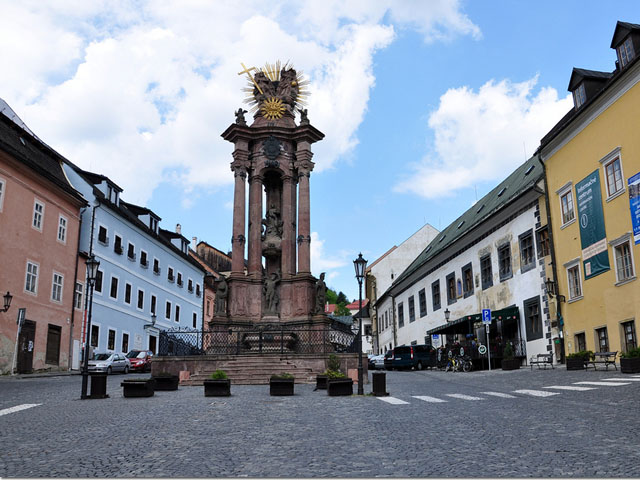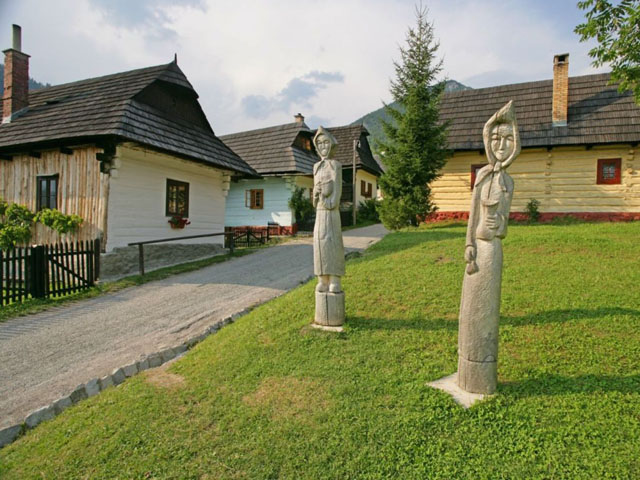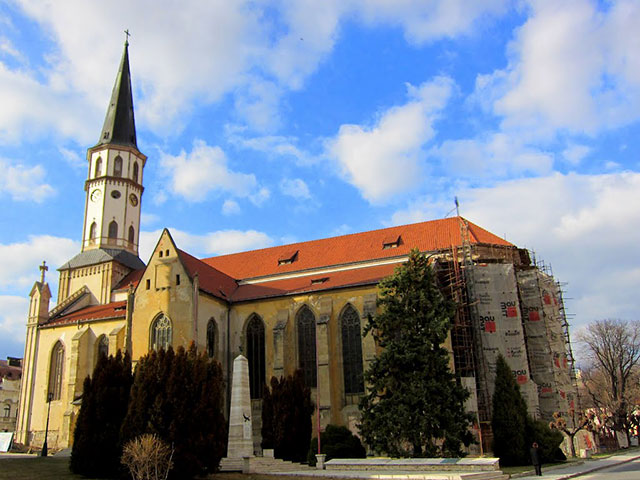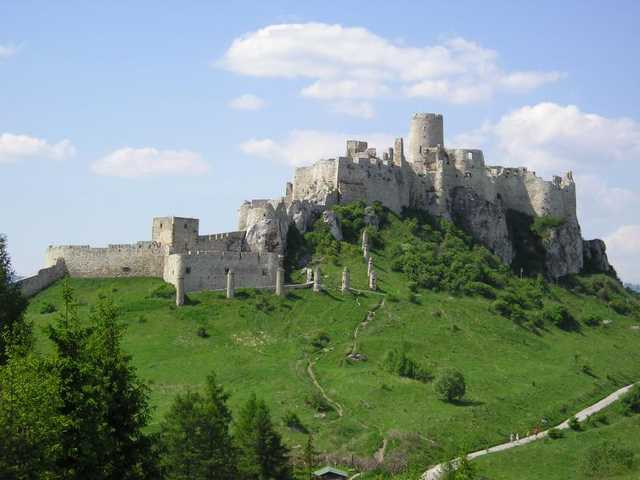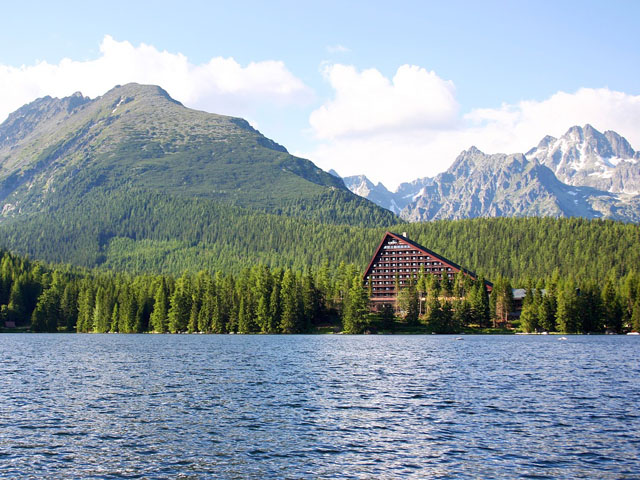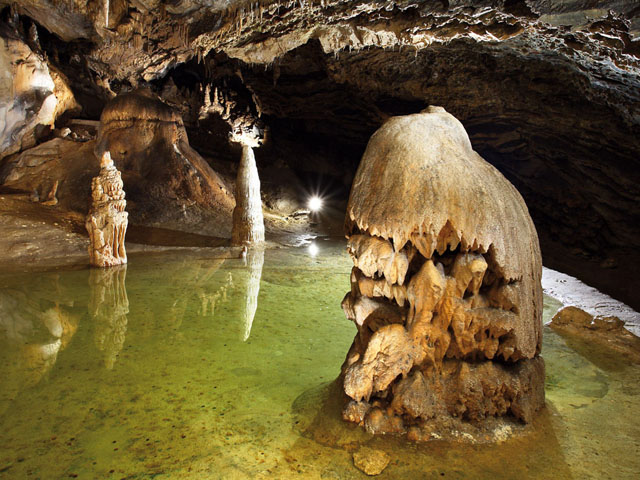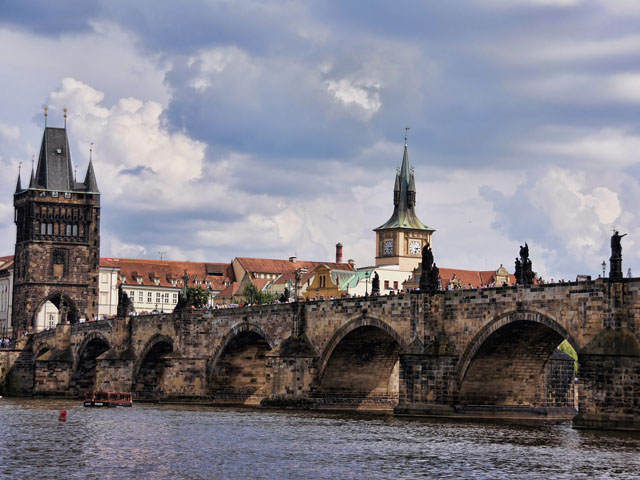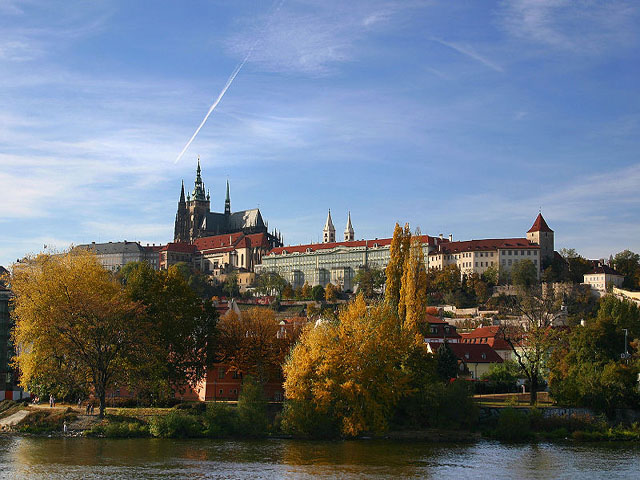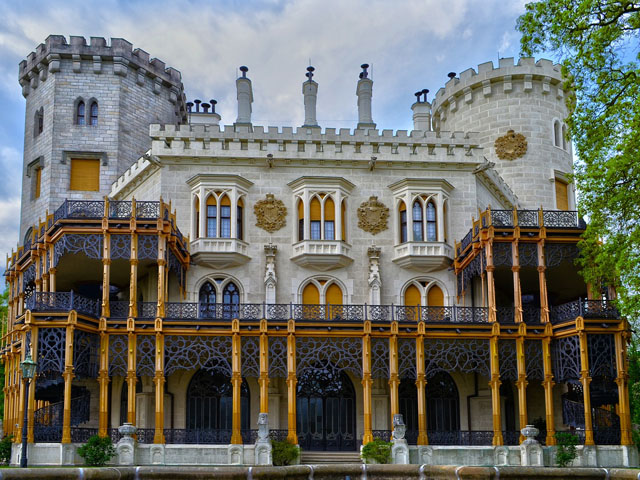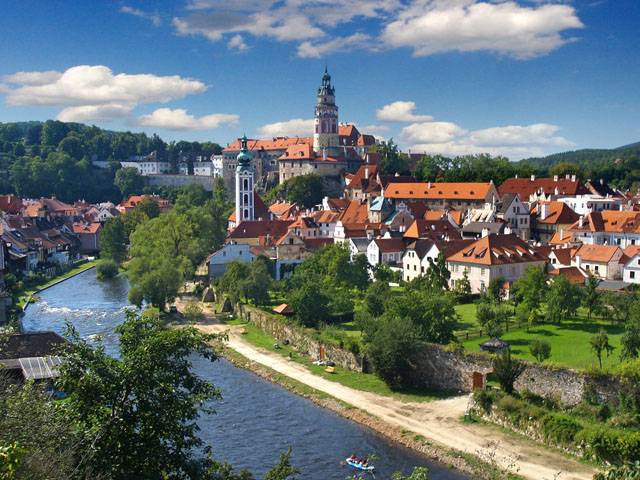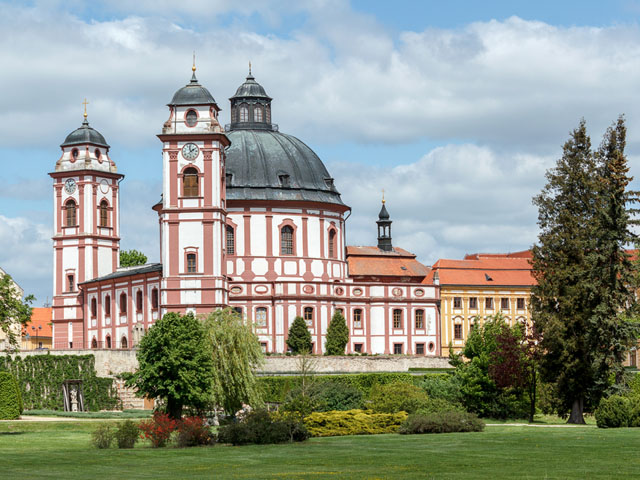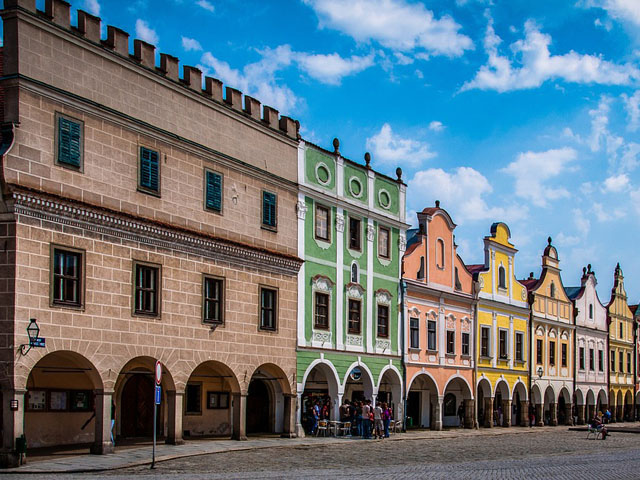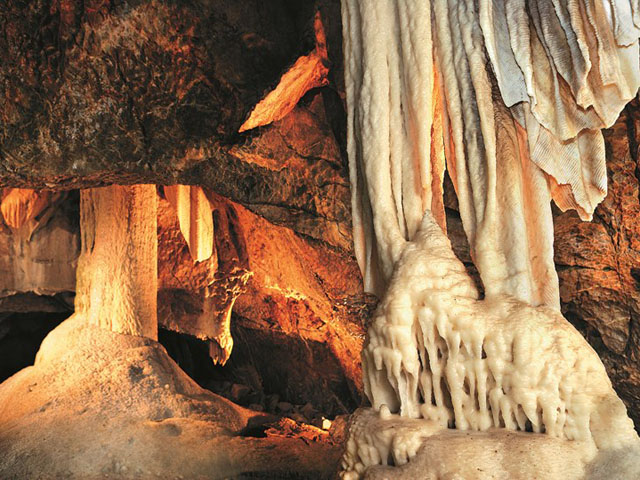Banska Stiavnica UNESCO World Heritage - gold mining town
The majority of monuments of Banska Stiavnica concentrate in the area spreading between the Trinity and Town Hall squares. The Gothic church of St Catherine from the end of the 15th century and the town hall with its slender clock tower detach these squares.
Vlkolinec village UNESCO World Heritage - untouched and complex example of folk countryside architecture
The village comprises two or three-room log cabin-type houses. There are preserved the bell tower from 1770, water well, Chapel of the Blessed Virgin Mary, and school.
The Articled Protestant Church in Hronsek - UNESCO heritage
Wooden church in Hronsek is a precious historical monument, together with a wooden belfry from 1726. The oak pillars have carved header Ionian ornaments. It has a shingle roof with three crosses and a rooster, as a Christian symbol of vigilance.
The Roman-Catholic St James church in Levoca - main altar is the tallest of its kind in the world
The Late Gothic wooden main altar of St James is 18.6 m tall, made of lime wood in 1507-1517 by Master Pavol of Levoca.
Spis castle UNESCO World Heritage - partly restored medieval castle
The Spis Castle in eastern Slovakia is one of the largest castles in Central Europe. Slovak National Museum presents various collections on its premises.
Strbske Pleso - ski, tourist, and health resort next to a glacial mountain lake in the High Tatras
Strbske Pleso village comprises several hotels and residential buildings. With extensive parking facilities and a stop on the Tatra trolley and rack railway, it is a starting point for popular hikes, including Krivan and Rysy peaks.
Belianska Cave - the largest and the only one open to the public in the High Tatras
Belianska Cave is a stalactite cave in the Slovak part of the Tatra mountains.
It locates above Tatranska Kotlina settlement, Vysoke Tatry town. The entrance to the cave is at 890 m EASL.
The Charles Bridge - a medieval bridge crossing the Vltava river in Prague
The construction started in 1357 and finished at the beginning of the 15th century. As the only means of crossing the river Vltava (Moldau) until 1841, the Charles Bridge was the most important connection between Prague Castle and the old town and adjacent areas.
Prague Castle - a presentation of every architectural style of the last millennium
The Prague Castle complex includes Gothic St Vitus Cathedral, Romanesque Basilica of St George, a monastery, and several palaces, gardens, and defense towers. Nowadays, the castle houses several museum expositions.
Hluboka Castle - a Romantic complex of European importance
Originally was built as King's castle. It has been rebuild many times, and the inspiration always came from Great Britain. The current appearance of the chateau mirrors Windsor castle.
Cesky Krumlov - an outstanding example of a small Central European medieval town
Situated on the Vltava river banks, the town lies around a 13th-century castle with Gothic and Renaissance, and Baroque elements. Architectural heritage has remained intact thanks to its peaceful evolution over more than five centuries.
Trebic town - UNESCO World Heritage
Locates in southwest Moravia, once a center of Jewish culture in Moravia. The uniquely preserved Jewish Quarter is an example of the cohabitation between Jews and Christians in this town.
Telc town - UNESCO World Heritage
The historic town includes a square with burgher houses from the 14th century and a Renaissance chateau.
Punkva Caves - Moravian Karst
The cave system is hiding beautiful stalagmite and stalactite cathedrals.
A boat ride along the Punkva subterranean river offers a view of the bottom of the Macocha Abyss.
Lednice-Valtice cultural-natural complex - UNESCO World Heritage
The Liechtenstein family began to create a unique artificial landscape complex: Lednice - Valtice Area.
During the 19th century, the Liechtenstein family continued transforming the area, now called the Garden of Europe.
